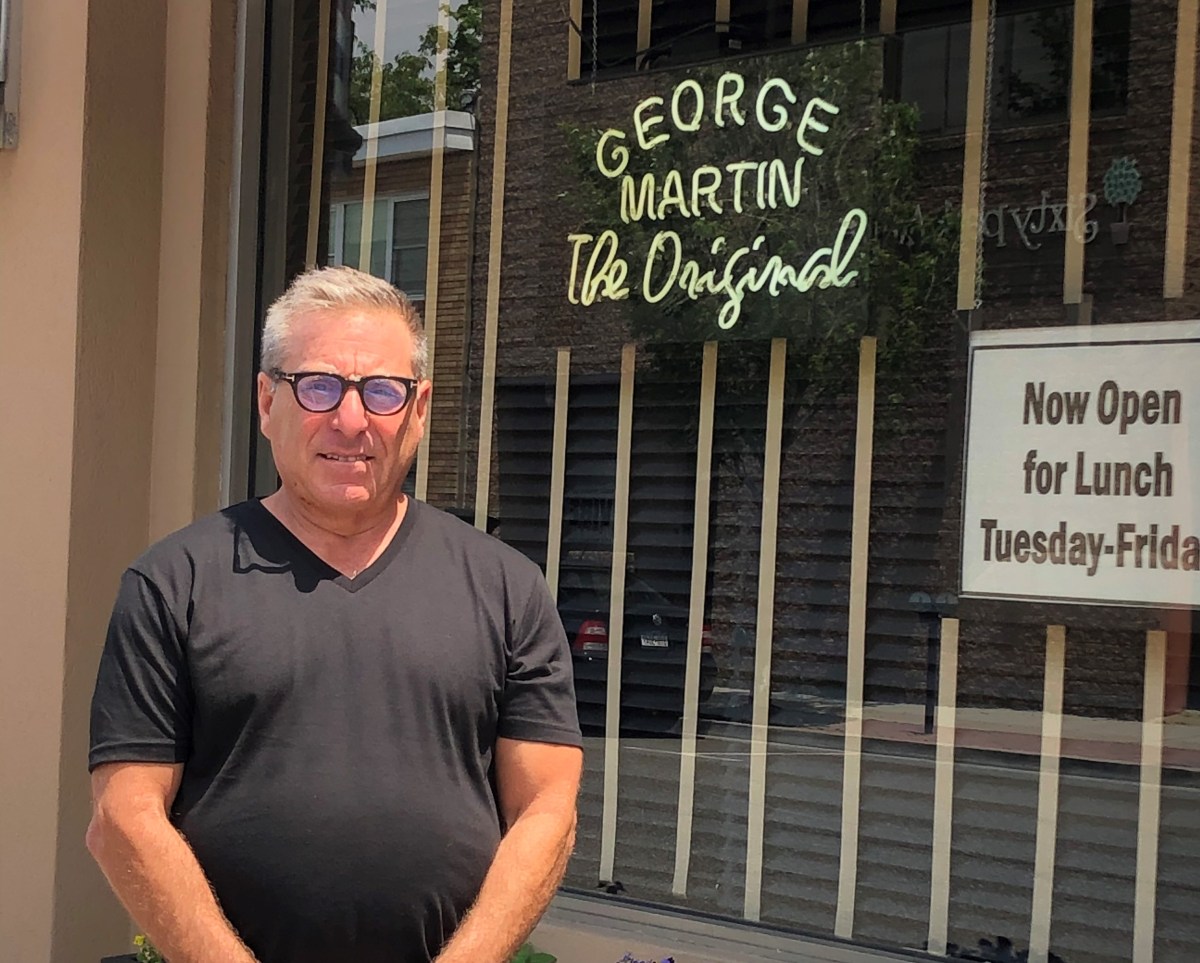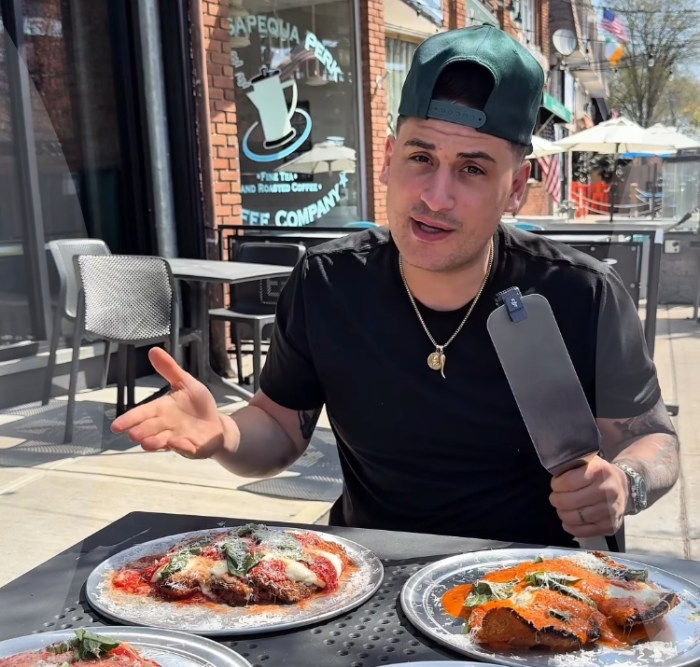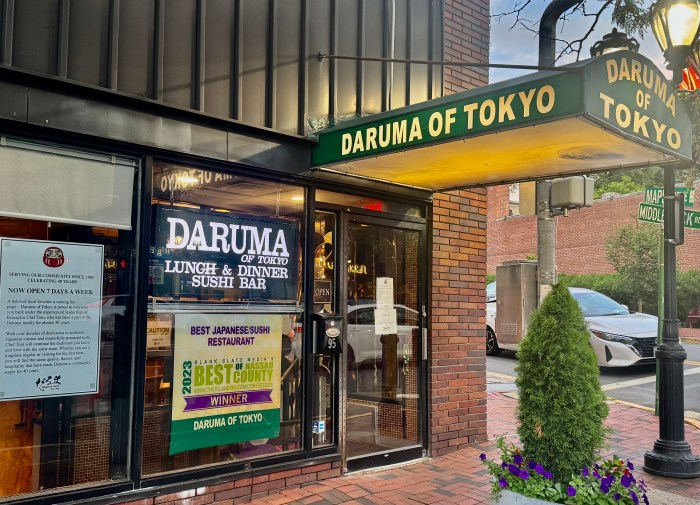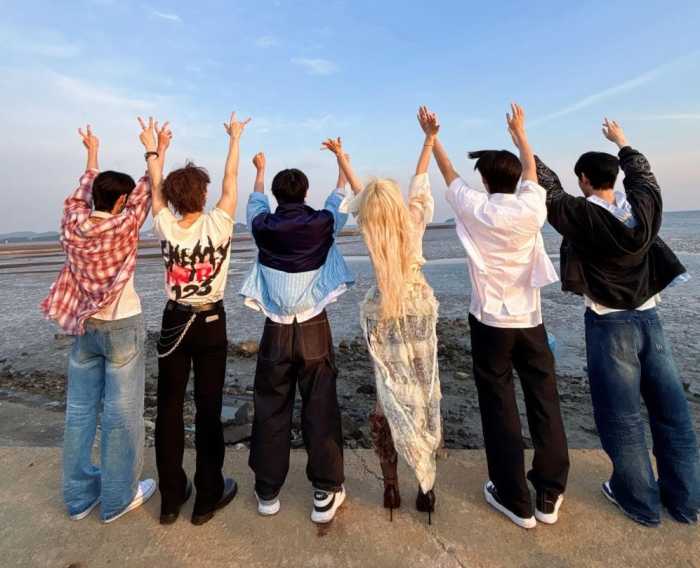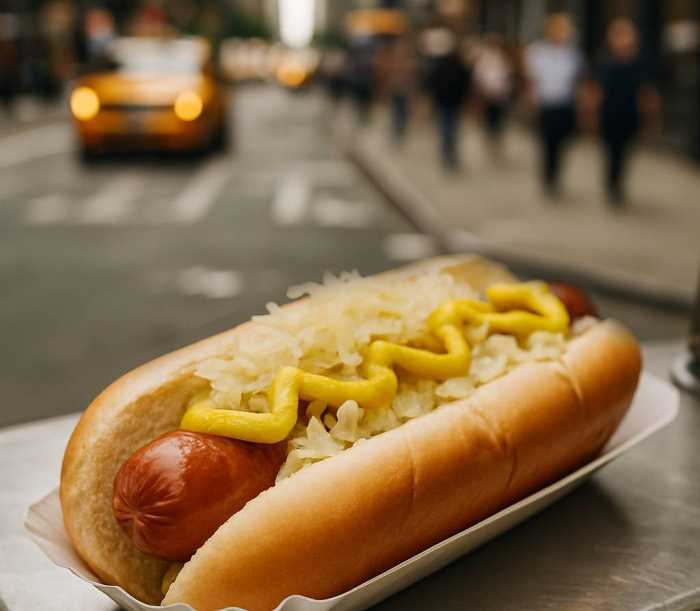George Korten and his company, the George Martin Group, have built a restaurant brand on and beyond Long Island including George Martin The Original and GM Burger Bar, both in Rockville Centre; Grillfire in Merrick; and George Martin’s Strip Steak in Great River. There’s also George Martin’s Grillfire and Italian concept Vivo, both in The Hotel at Arundel Preserve, Hanover, Md. We talked with Korten about restaurants persevering through the pandemic and beyond.
What unites and differentiates your restaurants?
It’s a multiconcept company. All the concepts are different — however, a passion for hospitality and attention for detail are focal points. With everyone that we hire, we look for an emotional IQ, an understanding of people and how to serve them and make them feel good about their experience. We’re in the business of making people happy. It’s the food, the service and so many details.
How did you and the company handle the pandemic?
It was a shock to everyone. On March 13, the government shut everybody down. It was a terrible time. No one could wrap their head around it. No one knew how long it would last and how we would move past it. The uncertainty and stress affected staff, customers, everybody.
What was the next key moment toward a turnaround?
Ultimately, we were allowed to open and transition to takeout and delivery. That was a breath of fresh air after being closed. We followed every government guideline we could, from sanitizing to masking up to social distancing. Ultimately, we got through it, transitioning from takeout delivery to 25 percent capacity, to 50 percent, to 75 percent capacity. It was a long 15 months.
Did the Paycheck Protection Program help?
The two rounds of PPP were a lifesaver for everyone. We were very grateful for that. I don’t believe anyone in any business would still be open if it was brick and mortar. The shutdown stopped the cash flow. Thankfully, all my landlords were very accommodating.
How important was it to be safe and make workers and consumers feel safe?
There’s a whole new component now, and that’s safety. That’s all I heard during the pandemic: “I feel safe going to a George Martin restaurant.” They knew we were really paying attention. That’s a big thing.
How are things now?
There’s a tremendous pent-up demand. The vaccination process has been such a success. This entire time period was a 15-month loss to almost everyone. Folks want to get out and get back to something that resembles normal. Our restaurants have a good reputation. We’ve been around a long time. We really take care of our customers. They’re coming back in droves.
Has it been tougher than usual to hire enough people?
There is a labor crisis on top of a pandemic crisis. The pent-up demand to go out to restaurants exceeds the supply of staff that is needed to handle the demand. And that has affected most restaurants, from Long Island to San Francisco. The additional federal unemployment is probably part of the problem, but I believe there are other components as well contributing to the shortage.
Why did you go into the restaurant business?
I was 16 when I started washing dishes at a local restaurant to make money. I came from a single-parent household and needed to help my mom, since every penny counted. I played three sports as well, which was tough, not leaving much time for anything else. I went on to learn all the different positions in a restaurant, including assistant managing. By age 19, I was tending bar at the Playboy Club of New York. One thing led to another and the general manager wrote a letter of recommendation for me for Cornell University’s School of Hotel Administration. I drove up there to interview and was accepted, a major turning point in my young adult life.
Did studying hospitality at Cornell help?
Cornell taught me how to deal with intense pressure and think analytically. From there I went to Manhattan and worked for Hyatt Hotels for about 6 months. After Hyatt, I was able to find a management position at a company with three entrepreneurs, spearheaded by Michael Weinstein, who pioneered restaurant growth on the Upper West Side in the ’80s. I worked my way up to director of operations. On my day off, I would walk the streets of every neighborhood in New York, one neighborhood at a time, and look at different concepts.
What’s your role in the company today?
Today it’s very different from when I got started. I’m president of the company. We have a terrific group of managers, chefs, financial and marketing people who have grown with me over the years. They all do such a terrific job, which helped perpetuate our growth.
Did anything good for restaurants come out of the pandemic?
An awareness and importance of sanitation. It was there before, but it’s even more important now. We’re very diligent about it. Most restaurants have learned a lot. To everyone’s credit, the percentage of positive cases in restaurants on Long Island and across New York in was very low. I think that’s due to following mask guidelines and sanitation.
In addition to good food, how important is atmosphere in attracting people?
It’s a whole package, from design to food, hospitality, service, everything. It’s not one component. It’s all of that put together. We haven’t had any problem getting people back. We’ve been around, we have a reputation, a brand.
Has takeout grown?
Takeout is a bigger part. We have been working hard at it to be efficient. That was a positive. I think it’s here to stay. We did meal kits. We were creative.
Do you think diners appreciate restaurants more?
People are so happy to be out and in our restaurants. We have regular and new customers. They’re part of the family.
For more business coverage visit longislandpress.com/category/business.
For more food and drink coverage, visit longislandpress.com/category/food-drink.
Sign up for Long Island Press’ email newsletters here. Sign up for home delivery of Long Island Press here. Sign up for discounts by becoming a Long Island Press community partner here.




